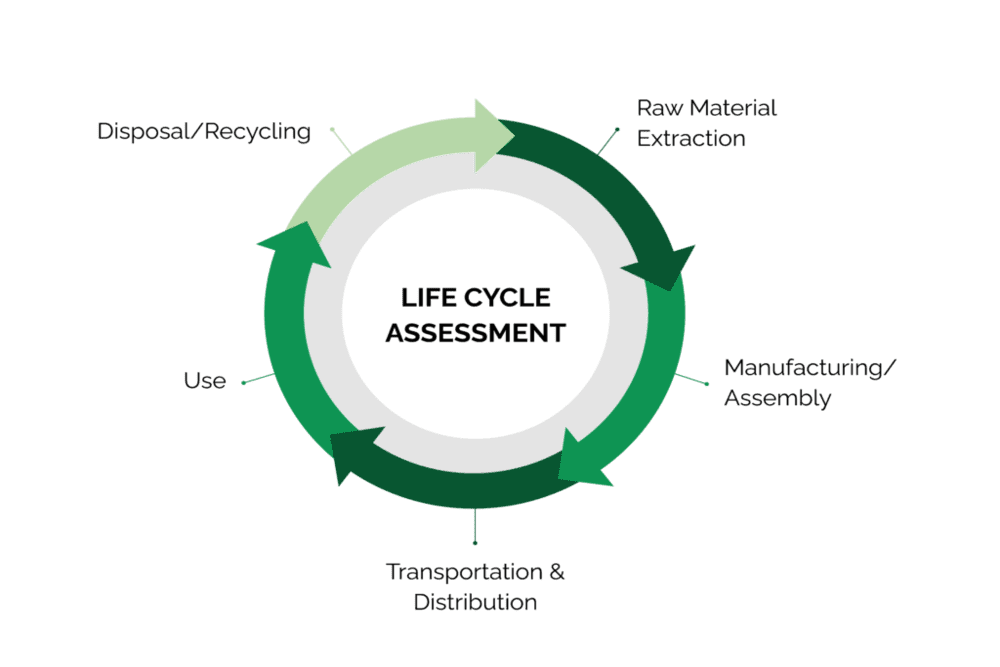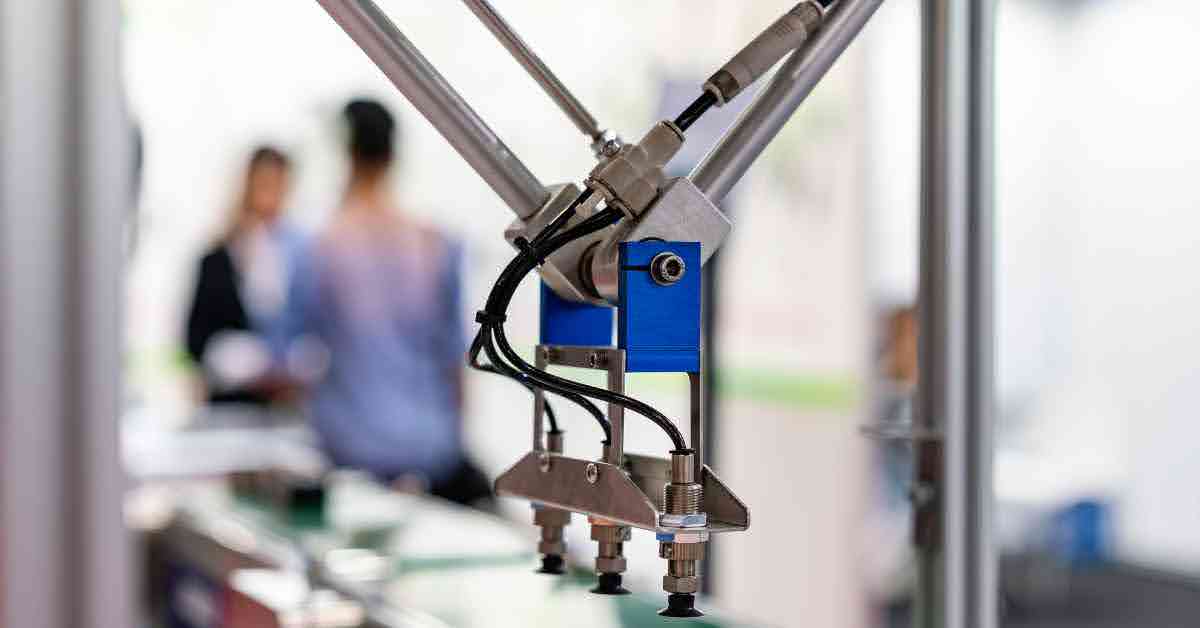Get to know the types and methods of destructive tests
Destructive Tests (destructive Tests) and non-destructive Tests (non-destructive testing), abbreviated as DT and NDT, are different methods and approaches to testing a material or component.
These two methods have an essential role in industry, both for understanding material characteristics, validating production processes, and detecting potential failure of a component. Therefore, it is necessary to explore the differences between these two methods. Previously, we learned advanced NDT testing methods and their types; this time, let’s discuss types of destructive tests.
What’s the destructive Test?
As the name suggests, destructive testing or DT is a destructive testing method. This involves crushing or tampering with the material or component being tested to understand its effects under specific stresses or conditions.
The main goal of destructive testing is to reveal the performance limits of materials, such as strength, hardness, flexibility, and various other physical properties. This process often involves repeated testing until the material fails. This method has a difference between a destructive Test and a non-destructive Test.
Types and Test MethodsDestructive Test
Many types of destructive testing are commonly used in testing materials and components. Here are some of the most common types of DT, along with an explanation of how to test them. However, before that, get to know the kinds of NDT testing in evaluating a material.
1. Tensile Test (Tensile Testing)
Tensile testing is a destructive Test that aims to measure how strong a material is when pulled. The process involves applying a tensile force load to the tested material sample.
The load is applied gradually until the sample fails or breaks. Maximum tensile strength, material elongation, and elastic modulus can be measured during testing.
This Test is used to identify the strength, flexibility, and other mechanical properties of materials, such as metals, plastics, and composites. The results are then used in the product design and selection of suitable materials.
2. Pressure Test (Compressive Testing)
Stress testing is a destructive test that measures how strong the material is when pressed. In this test, the tested material is placed under increasing pressure until it fails or breaks.
Compression testing can help identify a material’s maximum compressive strength and compression modulus. The benefit of using it is to evaluate the strength of materials when used in applications that experience stress, such as construction materials and machine components.
3. Bend Test (Bending Testing)
The bending test is a destructive Test that aims to evaluate the resistance of materials to loads that produce bending or bending. The material sample is placed on two supports with a center point in this test process.
Then, a load is applied to the center of the sample to bend it. Then, measurements are taken to determine the maximum load that can be withstood before the sample fails.
The bend test is critical in testing materials used in applications involving bending or bending, such as structural materials and metal components.
4. Hardness Test (Hardness Testing)
A hardness test is a destructive test method used to determine the hardness level of a material, which refers to the material’s resistance to penetration or deformation. There are various ways or methods to test hardness, but one of the most common is the Brinell test.
In the Brinell test, a steel ball is pressed against the surface of a material with a predetermined load. The diameter of the pressing former is measured, and the hardness of the material is calculated based on the diameter of the former.
This testing is used to evaluate the mechanical properties of materials and ensure that they conform to the specifications required in various applications, including industrial equipment and machine components.
5. Failure Test (Fracture Testing)
Failure testing is a method of understanding how materials fail or crack. The process uses material samples subjected to a load until failure occurs.
The failure type and crack pattern are then identified and analyzed to understand the material properties associated with the failure. This Test helps in understanding the potential failure of the material and developing appropriate repair or strengthening methods.
6. Fatigue Test (Fatigue Testing)
This method measures a material’s resistance to repeated stress or cyclic loads. This testing process involves applying cyclic loads to the material sample to test how well the material holds up under repeated loading conditions.
This testing is essential in applications involving periodic load changes, such as engine components. With fatigue testing, you can evaluate the service life of a material and identify its potential failure due to cyclic loads.
7. Uji Residual Stress (Residual Stress Testing)
Then, residual stress testing is used to measure the stress remaining in the material after all external loads have been removed. To calculate the residual stress level in the material, test methods such as X-ray diffraction (X-Ray).
Residual stress testing helps analyze and understand material stress conditions, which can affect component performance and safety.
Besides Destructive testing, non-destructive testing is another commonly used approach option. Sucofindo provides a wide range of test and analysis services for various industrial fields, including NDT non-destructive testing services. Contact us for more information! Find multiple other details on the article page!








